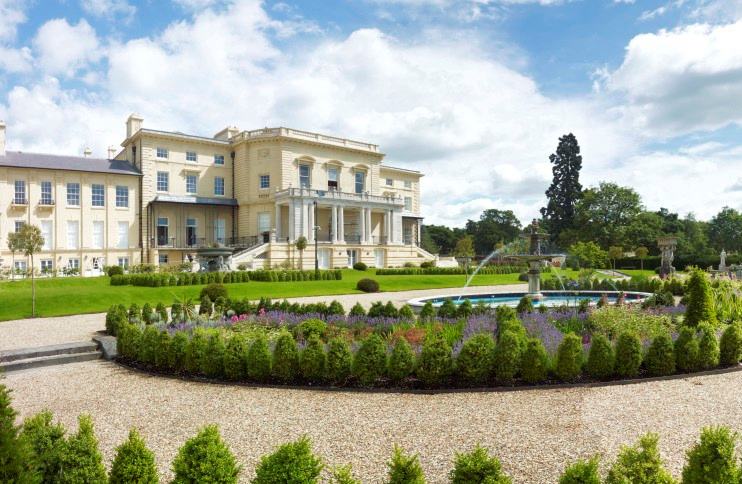Stanmore
Stanmore, Harrow
An expansive and expensive suburb running into open countryside west of Brockley Hill and north-east of Harrow Weald

The name was first recorded in Domesday Book as Stanmere, a stony pool. It was later known as Great Stanmore, to distinguish it from the separate settlement of Little Stanmore, which lay to the south-east.
In the Middle Ages the village is thought to have clustered around the manor house and church, which stood near the present-day junction of Wolverton Road with Old Church Lane. An Augustinian priory was founded a mile and a half to the north-west, probably in the early 13th century.
Elsewhere, the surroundings were mostly empty heathland, later known as Stanmore Common. Perhaps because of the Black Death, the old village was abandoned and a new settlement grew up to the north, on the Uxbridge road, where the church of St John the Evangelist was consecrated in 1632 by Archbishop Laud. Beginning with Stanmore Park in the 1720s, several very grand houses were either newly built or greatly enlarged from existing properties.
Bentley Priory was built in the 1766 on the site of the Augustinian priory, and remodelled in the 1790s by Sir John Soane for the eccentric James Hamilton, later the Marquess of Abercorn. Public houses were licensed in various locations across the parish, including the Abercorn Arms in 1803.
The village itself remained little changed until the 1820s, when substantial villas began to cluster around the church and manor house. Meanwhile, the rebuilding of mansions continued, notably Stanmore Hall in the late 1840s, when a new St John’s church was built in the same churchyard as its namesake. In the 1880s Frederick Gordon converted Bentley Priory into a grand but not very successful hotel, and established a railway company that built a line to Stanmore. More villas followed and Stanmore Golf Club was founded in 1893.
In 1925 the Air Ministry bought Bentley Priory and it became the Royal Air Force’s Fighter Command Headquarters during the Second World War. Modern suburban development began after the construction of the Metropolitan Railway (later the Bakerloo and now the Jubilee line) in 1932.
The RAF acquired Stanmore Park in 1938 and demolished the mansion. Stanmore’s main-line station closed in 1952 and the building has been converted to a house.
Many properties remain from the late-Victorian and Edwardian phase of Stanmore’s growth, but their large gardens have been lost to infilling. Stanmore College (as it is now called) opened in 1969 as the country’s first purpose-built sixth-form college. RAF Stanmore Park closed in 1997 and has been replaced by housing.

The RAF station at Bentley Priory has also since closed and the mansion and its grounds have been redeveloped by Barratt Homes as a gated ‘community’. The mansion is shown in the developer’s image above.
The 120-acre Stanmore Common has more rare plant species than any other open space in London except Keston Common and Hampstead Heath, and some scarce moths, flies and beetles.
